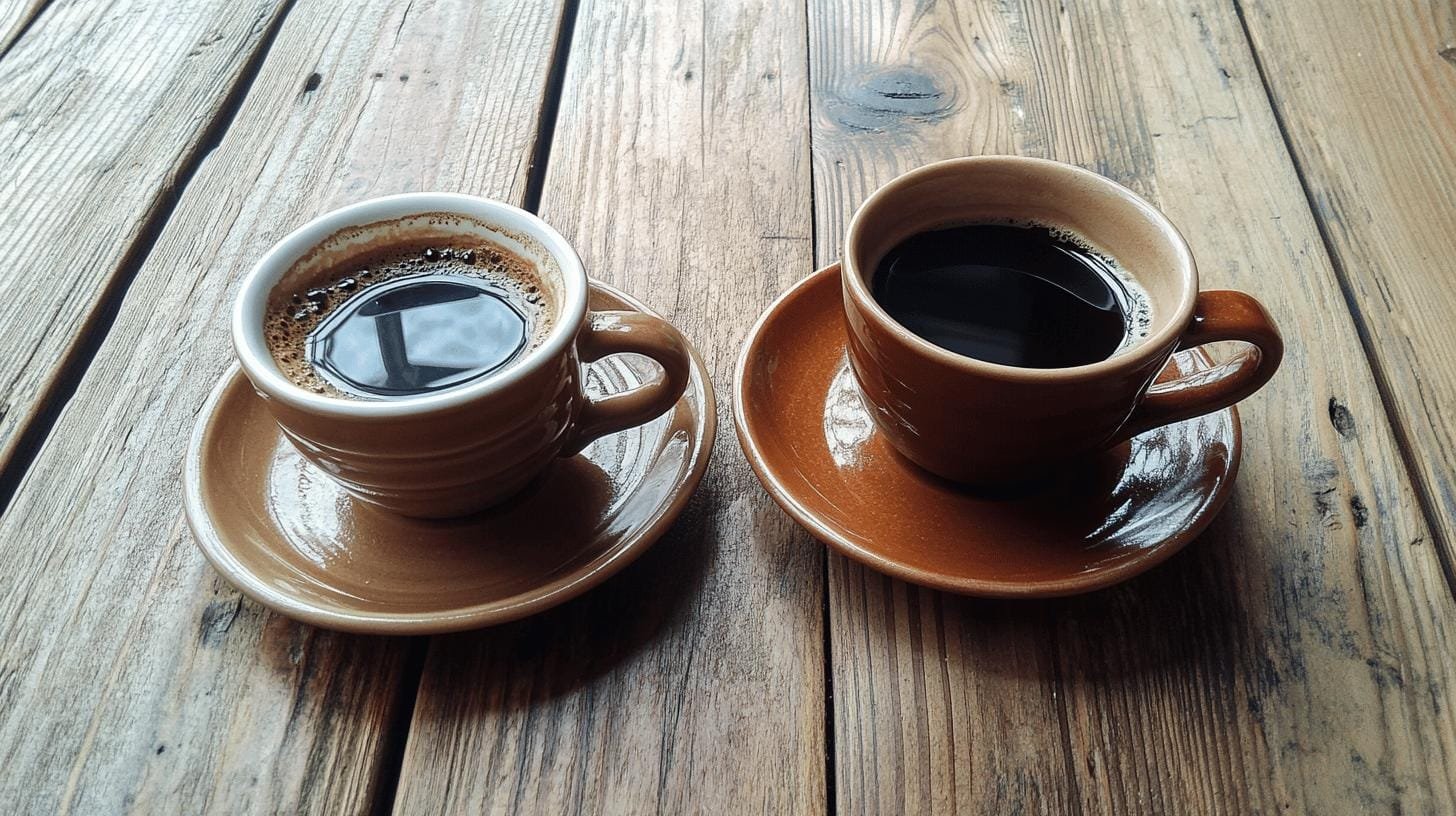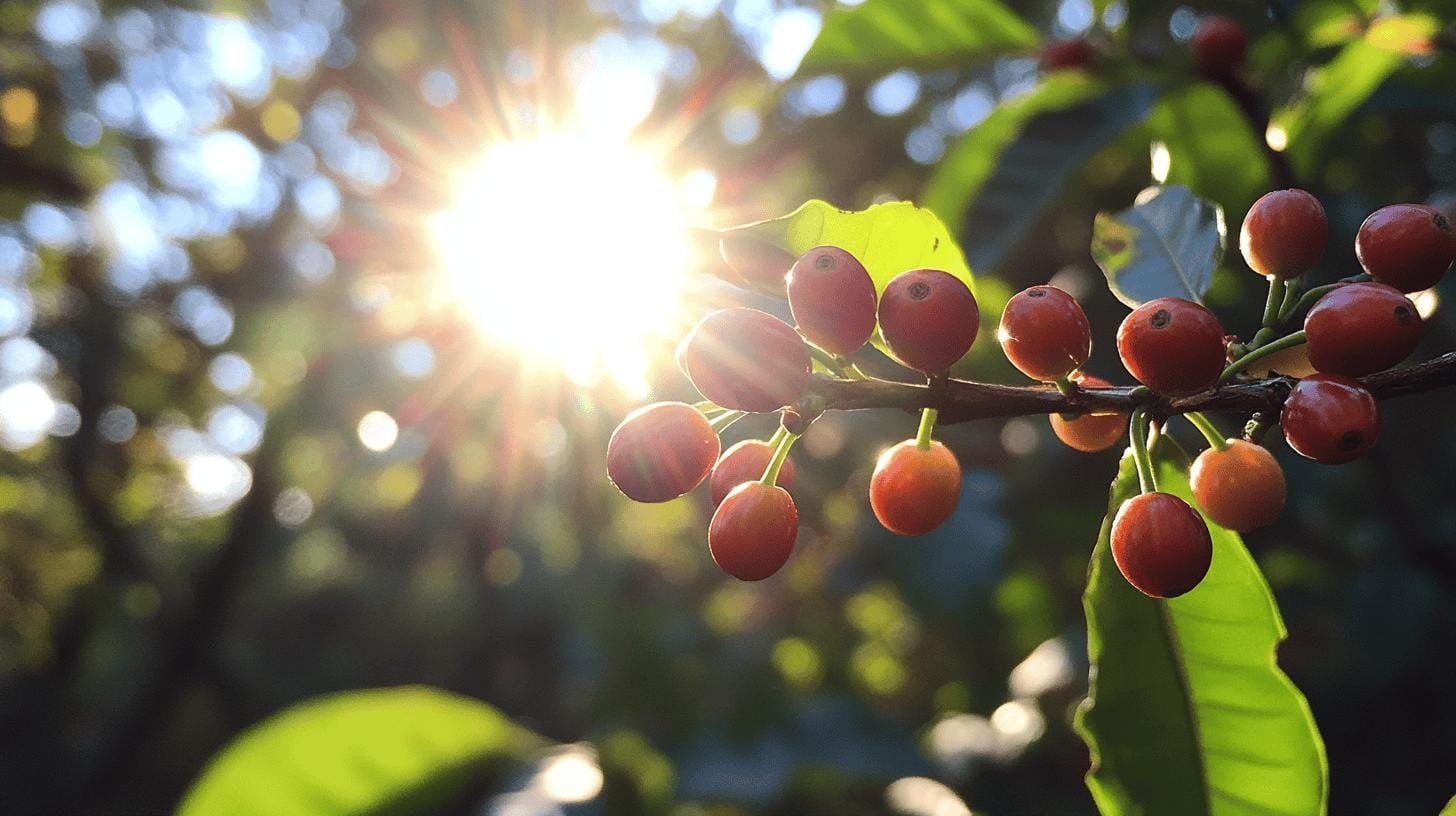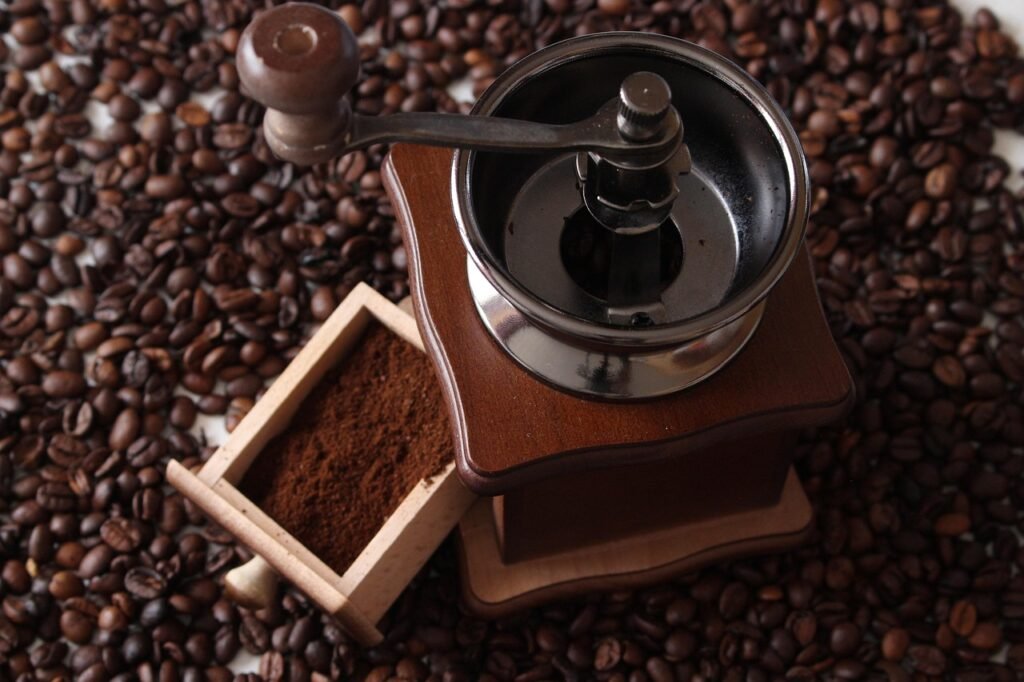
Artisanal Rituals for a Memorable Customer Experience
How can brands create a more balanced and memorable customer experience by blending artisanal product quality with thoughtful everyday rituals that keep people coming back?

Are Colombian or Brazilian coffee beans truly the best pick for your morning brew? Both countries offer unique environments, with Colombia’s coffee flourishing in the biodiverse Andes and Brazil leading global production with its varied elevations. Let’s get into this flavorful debate of Brazilian coffee vs Colombian coffee, where cultural richness meets diverse growing conditions.
Colombian coffee flourishes in the Andes, taking advantage of rich biodiversity and ideal altitudes. These high elevations and volcanic soils are perfect for growing Arabica beans, which have vibrant acidity and complex flavors. In contrast, Brazil is the world’s largest coffee producer, cultivating both Arabica and Robusta beans. Brazilian coffee farms are spread across large areas, with climates that allow consistent and large-scale production. This often results in a heavier, less acidic taste than Colombian coffee.
The elements of altitude, soil, and climate give each region’s coffee its unique flavor. Colombia’s high altitudes and rich soils create fruity and floral notes with bright acidity. Brazil’s lower altitudes and varying climates lend a fuller body with nutty, chocolatey undertones. These factors influence not only taste but production methods too. Colombia focuses on high-quality Arabica beans, while Brazil emphasizes quantity and variety.

Colombian coffee is known for its lively and diverse flavors, often featuring fruity, nutty, and chocolate notes. Beans from this region grow in nutrient-rich volcanic soil at high altitudes, which gives them bright acidity and aromatic complexity. These fruity flavors can range from citrus to berry, adding depth to the coffee. The floral aroma of Colombian coffee also enhances its appeal, making it a favorite among those who enjoy lively brews.
In contrast, Brazilian coffee has a heavier profile, making it popular in espresso blends. It often has rich, nutty, and chocolatey tones, coupled with a fuller body and smoother finish than Colombian coffee. Grown at lower altitudes, Brazilian beans have a robust, less acidic flavor, appealing to those who prefer an earthy taste. This makes Brazilian coffee ideal for blending as it provides a stable base.
These flavor differences affect consumer preferences. Those who like a complex, vibrant brew choose Colombian coffee. People preferring rich, substantive taste often pick Brazilian coffee.
In Colombia, coffee is more than a drink; it’s a national symbol integral to the country’s identity. Known for its specialty Arabica beans, Colombian coffee reflects farmers’ skill and dedication. It’s woven into the country’s economic and social fabric, with coffee-growing regions recognized by UNESCO. Coffee breaks, or “tintos,” emphasize not just drinking but also social and community bonds.
Brazil, the largest coffee producer, has coffee at the core of its culture and economy. Brazilians rank 14th globally in coffee consumption, enjoying it throughout the day, typically as “cafezinho.” This small, strong coffee symbolizes hospitality. Coffee is crucial in Brazilian households and celebrated in festivals, highlighting its role in national identity.

Brazil, the largest coffee producer, employs various methods to grow Arabica and Robusta beans. With 3.7 billion kilos of green bean coffee, production focuses on scale and efficiency. The diverse climate supports large operations, often using mechanical harvesting. While efficient, this can affect bean quality. However, Brazil is moving towards sustainability, improving water use and biodiversity.
Colombia sticks to high-quality Arabica beans, planning to produce 756 million kilos in 2022/2023. The focus is on tradition and hand-picking ripe cherries, creating distinct flavors. While rugged terrain limits machinery use, Colombian farmers prioritize sustainable practices. These include shade-growing and organic farming to preserve biodiversity.
Both Brazil and Colombia aim for sustainable coffee production, responding to consumer demands for eco-friendly products. Brazil uses technology to reduce its ecological footprint. Colombia focuses on maintaining natural balance through traditional methods. This commitment strengthens the reputation and marketability of their coffees.
Home-roasting coffee offers unmatched control over freshness and flavor, surpassing commercial options. Roasting at home lets enthusiasts tailor the roast level to their tastes, whether light, medium, or dark. It enhances natural bean characteristics, allowing for experimentation. Freshly roasted beans often taste better than store-bought due to preserved aromas and flavors.
Home-roasting highlights Brazilian and Colombian beans. Brazilian beans, known for rich, nutty flavors, suit espresso blends. Colombian beans benefit from a roast that keeps their vibrant flavors intact. This method offers a personalized coffee experience that commercial brands can’t replicate.
Examining the nuances in brazilian coffee vs colombian coffee, we observed distinct growing conditions, flavor profiles, and cultural significance. Altitude and climate shape Colombian coffee’s fruity and nutty notes, contrasting with the bolder, robust flavors characteristic of Brazilian coffee, often used in blends. The deep-rooted coffee cultures in both nations further enrich this comparison.
Embracing home-roasting provides an opportunity to enjoy fresh, customized coffee experiences, enhancing the unique aspects of both coffee origins.
Brazilian coffee generally has a heavier body and bolder flavor, which may be perceived as stronger compared to the medium-bodied and fruity characteristics of Colombian coffee.
Brazilian coffee often features a rich, heavy flavor profile with chocolate and nutty tones, while Colombian coffee is known for its fruity, chocolate, and nutty notes with a brighter acidity.
At Starbucks, Colombian coffee is typically offered as single-origin with distinct fruity and nutty flavors, while Brazilian coffee is often blended to create rich, bold espressos with chocolate undertones.
The preference for Brazilian coffee vs Colombian coffee varies, as Colombian coffee is favored for its fruity acidity, whereas Brazilian is appreciated for its bold, rich flavors, often used in blends.
The best coffee is subjective; regions like Colombia and Brazil are renowned for their distinct, high-quality beans with global influence in taste and aroma preferences.

How can brands create a more balanced and memorable customer experience by blending artisanal product quality with thoughtful everyday rituals that keep people coming back?

Independent coffee shops have always been about more than caffeine—they’re hubs of creativity, connection, and care. As café culture continues to evolve, new trends are

Introduction Independent cafes win when they feel like the neighborhood’s living room and operate with the discipline of a great kitchen. Below is a quick

Discover how top specialty coffee brands create lasting loyalty through storytelling, sourcing, and community connection. Real tips from 6 industry experts.

Discover the ultimate showdown between two beloved coffee brewing methods: the French press and Chemex. Explore how each technique caters to distinct palates, with the French press delivering bold flavors and the Chemex presenting a bright, clean taste.

Unlock the secrets to brewing the perfect cup of coffee with our comprehensive guide on using a coffee scale. Discover how precise measurements enhance flavor and consistency while eliminating bitterness.

Discover how water temperature plays a vital role in brewing the perfect cup of coffee. This article delves into the ideal temperature range of 195°F to 205°F for optimal flavor extraction, enhancing the enjoyment of high-quality beans.

Discover the world of curated specialty coffee bundles, perfect for enthusiasts seeking quality and craftsmanship. This article explores the benefits of ethically sourced, small-batch beans from brands like Equipoise Coffee, offering diverse flavor profiles that elevate your brewing experience.

Discover the art of manual brewing to elevate your coffee experience! This article explores various techniques like pour-over, French press, and AeroPress, revealing how they enhance flavor and your connection to every cup.